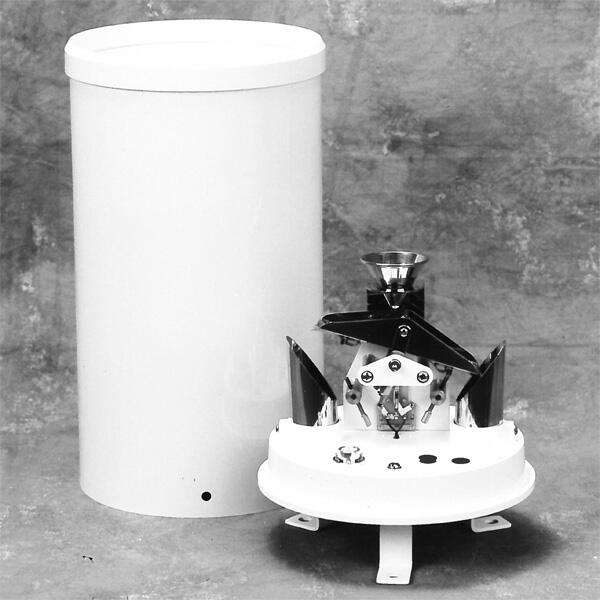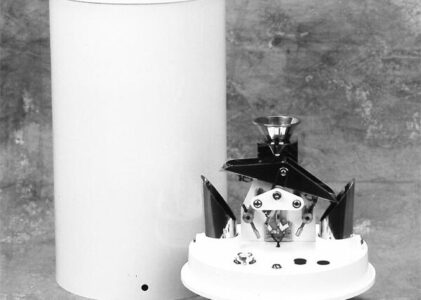
# Rain Gauge Description: Types, Uses, and Measurement Techniques
A rain gauge is an essential tool used to measure the amount of precipitation over a specific period. It is widely used in meteorology, agriculture, hydrology, and environmental studies to monitor rainfall patterns and assess water resources. This article provides a detailed description of rain gauges, including their types, uses, and measurement techniques.
## Types of Rain Gauges
Rain gauges come in various designs, each suited for specific applications. Below are the most common types:
### 1. Standard Rain Gauge
The standard rain gauge, also known as a manual rain gauge, consists of a funnel that directs rainwater into a graduated cylinder. The collected water is measured manually using a ruler or scale. This type is simple, reliable, and widely used in weather stations.
### 2. Tipping Bucket Rain Gauge
A tipping bucket rain gauge uses a small bucket mechanism that tips when a specific amount of rainwater is collected. Each tip corresponds to a fixed volume of precipitation, which is recorded electronically. This type is ideal for automated weather monitoring systems.
### 3. Weighing Rain Gauge
A weighing rain gauge measures precipitation by weighing the collected water. As rain falls into a container, the weight increases, and the data is recorded. This type is highly accurate and can measure other forms of precipitation, such as snow and hail.
### 4. Optical Rain Gauge
An optical rain gauge uses light beams to detect and measure rainfall. When raindrops pass through the beam, they scatter the light, and the intensity of scattering is used to calculate the rainfall rate. This type is often used in research and advanced meteorological applications.
## Uses of Rain Gauges
Rain gauges serve a variety of purposes across different fields:
– **Meteorology:** To monitor and predict weather patterns.
– **Agriculture:** To optimize irrigation and crop management.
– **Hydrology:** To study water cycles and manage water resources.
– **Environmental Studies:** To assess the impact of climate change and pollution.
## Measurement Techniques
Accurate measurement of rainfall requires proper installation and maintenance of rain gauges. Here are some key techniques:
### 1. Proper Placement
Rain gauges should be placed in open areas, away from obstructions like trees or buildings, to ensure accurate measurements. The gauge should be mounted at a standard height, typically 30 cm above the ground.
### 2. Regular Calibration
Regular calibration is essential to maintain the accuracy of rain gauges. This involves checking the gauge against a known standard and adjusting it if necessary.
### 3. Data Recording
For manual rain gauges, data should be recorded at consistent intervals, such as daily or weekly. Automated gauges often transmit data in real-time, reducing the risk of human error.
### 4. Maintenance
Rain gauges should be cleaned regularly to prevent debris from affecting measurements. In winter, snow and ice should be removed to ensure proper functioning.
## Conclusion
Rain gauges are indispensable tools for measuring precipitation and understanding its impact on various sectors. By choosing the right type of rain gauge and following proper measurement techniques, users can obtain accurate and reliable data. Whether for weather forecasting, agricultural planning, or environmental research, rain gauges play a vital role in our daily lives.
Keyword: rain gauge description



